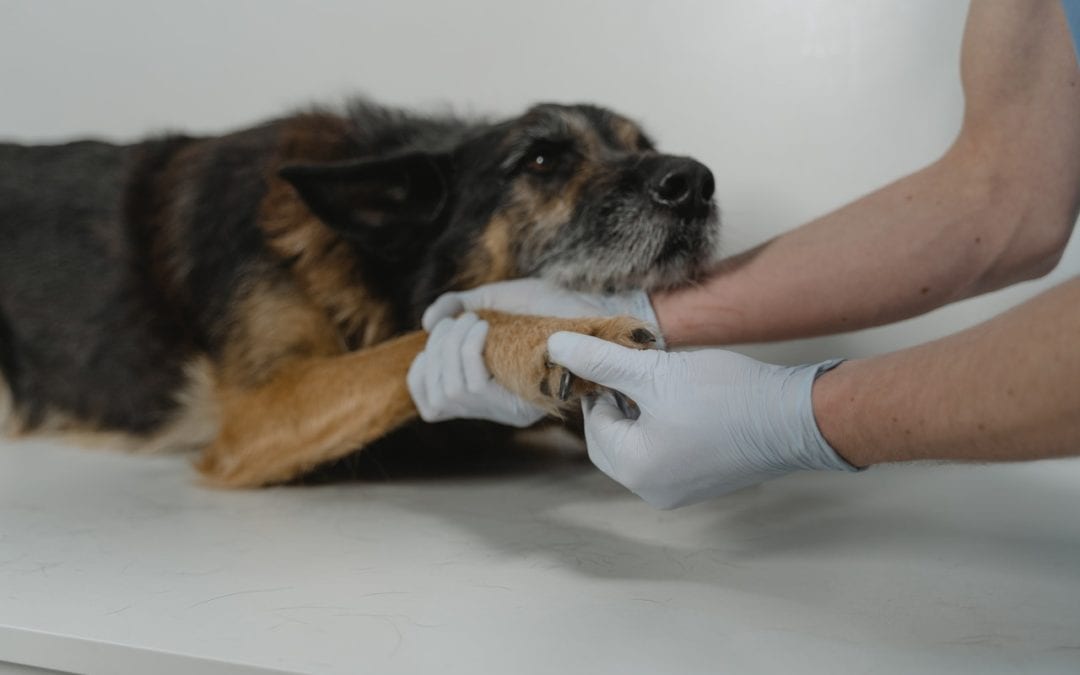Letting go of a pet is never easy. As they reach the later years of their lifespan, the need to make the decision rises as their health deteriorates. It’s crucial to know when the time is right to ease their pain as much as possible. Here are a few indicators that can help you evaluate your beloved companion’s quality of life.
#1: Your pet no longer shows interest in their favorite activities
Although your pet’s body may hold them back from a rousing game of fetch or scaling their climbing tower, they may still be interested in other activities. However, if your pet appears to be depressed and fails to show interest in any activities, they likely are no longer enjoying their life.
#2: Your pet is in pain or unable to move without help
Medications and alternative therapies can go a long way toward making your pet comfortable and mobile, but they have limits. If your pet is still in pain or can no longer move around for daily activities despite medication or other therapies, it may be time to let them go.
#3: Your pet does not enjoy interacting with the family
Pets are meant to be family companions, and they typically enjoy the interaction. But, if your pet is shunning any contact and appears withdrawn, consider their quality of life.
#4: Your pet is incontinent or needs assistance eliminating
Fecal and urinary incontinence are challenging to manage in a large dog and can create hygiene issues in any size pet. Some pets may even need their bladder expressed, which is a serious commitment on the pet owner’s part.
#5: Your pet refuses to eat or drink
Encouraging an ill pet to eat and drink can be challenging even with appetite stimulants and diet changes. And, while feeding tubes and fluid therapy can help, they’re not long-term options.
We want to help ease the process as much as possible with care and respect. If you’re unsure how to evaluate your pet’s quality of life, contact us to schedule an assessment.

